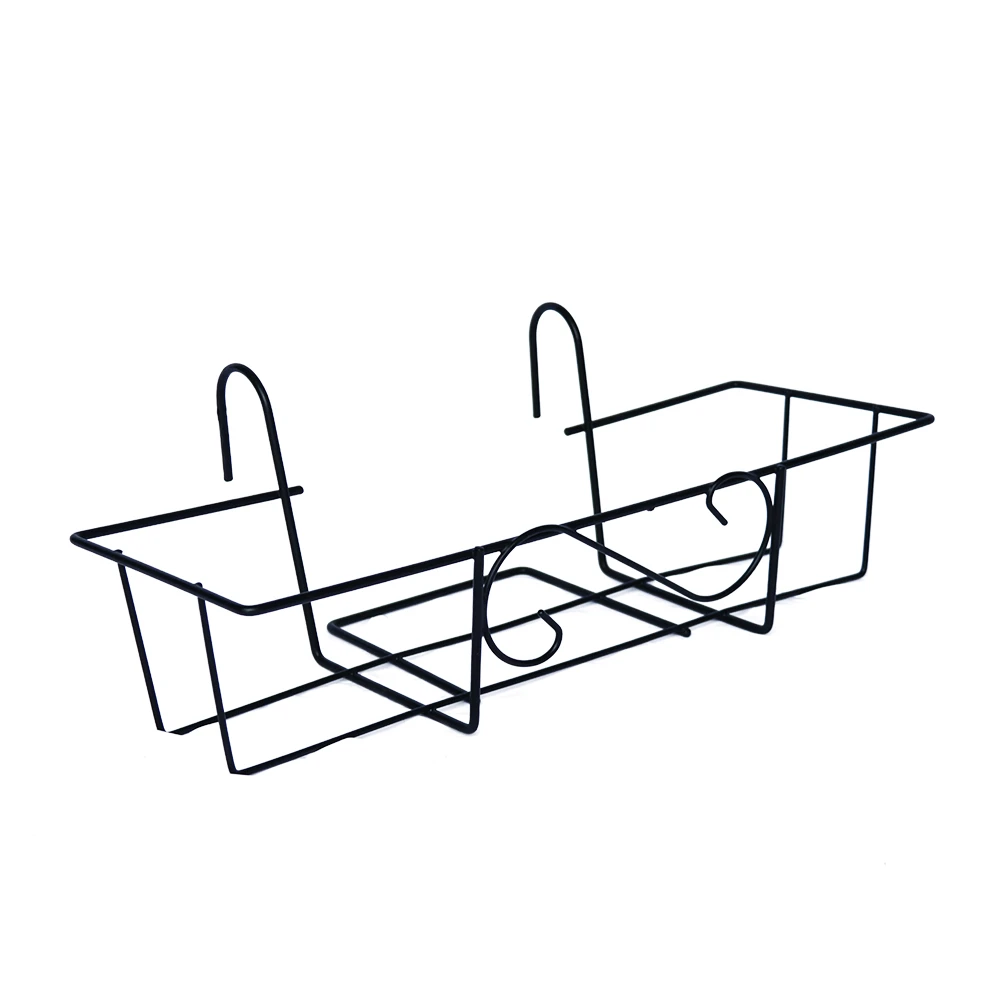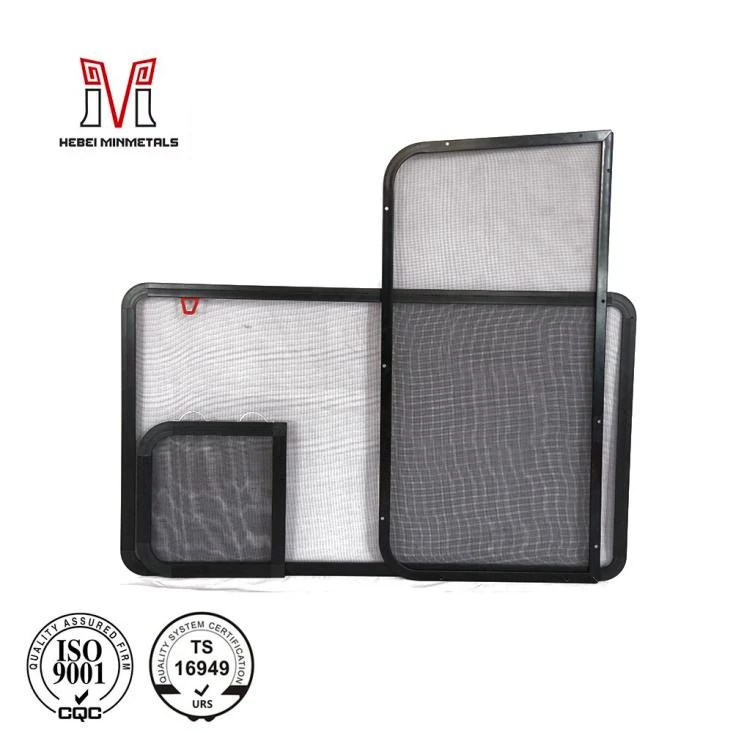roof decking nails
Set . 02, 2024 17:55
Understanding Roof Decking Nails Importance, Types, and Applications
When it comes to roofing construction, roofing materials and their installation methods play a crucial role in ensuring the durability and safety of a structure. Among various components, roofing nails, particularly roof decking nails, hold significant importance. These specialized fasteners are designed to secure roofing materials to the roof deck effectively, thereby providing structural integrity and protection against the elements.
Importance of Roof Decking Nails
Roof decking nails are essential for attaching roofing materials, such as shingles, to the underlying deck, which is typically made of plywood or oriented strand board (OSB). The choice of the right type of nail can make a huge difference in the roof’s performance over time. Properly installed roofing nails ensure that the roofing system can withstand wind uplift and other environmental pressures. They also help prevent water infiltration, which can result in mold growth, structural damage, and other costly problems.
Types of Roof Decking Nails
There are several types of roofing nails available, each designed for specific applications
1. Galvanized Roofing Nails These nails are coated with a layer of zinc to prevent rust and corrosion, making them ideal for use in areas with high moisture levels or coastal environments. They are commonly used in installing asphalt shingles.
2. Stainless Steel Roofing Nails Known for their exceptional resistance to rust and corrosion, stainless steel nails are ideal for installations in harsh environments. They provide a long-lasting solution but may be more expensive compared to galvanized options.
3. Wire Coil Roofing Nails These nails come in coils, allowing for high-speed installation using pneumatic nail guns. They are widely used in roofing projects to expedite the fastening process without sacrificing strength.
4. Plastic Cap Roofing Nails These nails are often used with synthetic underlayment to create a weatherproof barrier. The plastic cap provides extra holding power and helps cover larger surface areas.
roof decking nails

Choosing the appropriate type of nail for your roofing project is crucial, as it affects the overall performance and longevity of the roof.
Installation Guidelines
Proper installation of roof decking nails is crucial for ensuring the roof's effectiveness. Here are some guidelines to follow
- Spacing Nails should be spaced appropriately to provide maximum holding power. Typically, nails are placed about 6 inches apart along the edges and 12 inches apart in the field of the shingles.
- Nail Length The length of the nails should be sufficient to penetrate the decking by at least ¾. This ensures a secure fit and minimizes the risk of pull-through resulting from wind uplift or the weight of snow.
- Placement Nails should be placed at the correct height on the shingles, typically just above the adhesive strip. This allows for effective sealing while providing maximum holding strength.
- Avoid Overdriving Care should be taken not to overdrive nails, as this can damage the roofing materials and reduce their effectiveness in protecting the roof.
Conclusion
Roof decking nails may seem like a small component in the grand scheme of roofing, but their significance cannot be overstated. They ensure that roofing materials are securely attached to the deck, providing protection against wind, rain, and other environmental factors. By selecting the right type of nail, adhering to installation guidelines, and ensuring proper spacing and placement, one can greatly enhance the durability and longevity of a roofing system. Ultimately, investing attention in these details not only secures the roof but also contributes to the overall safety and value of the home.









 Unity
Unity Creation
Creation Challenge
Challenge Contribution
Contribution










